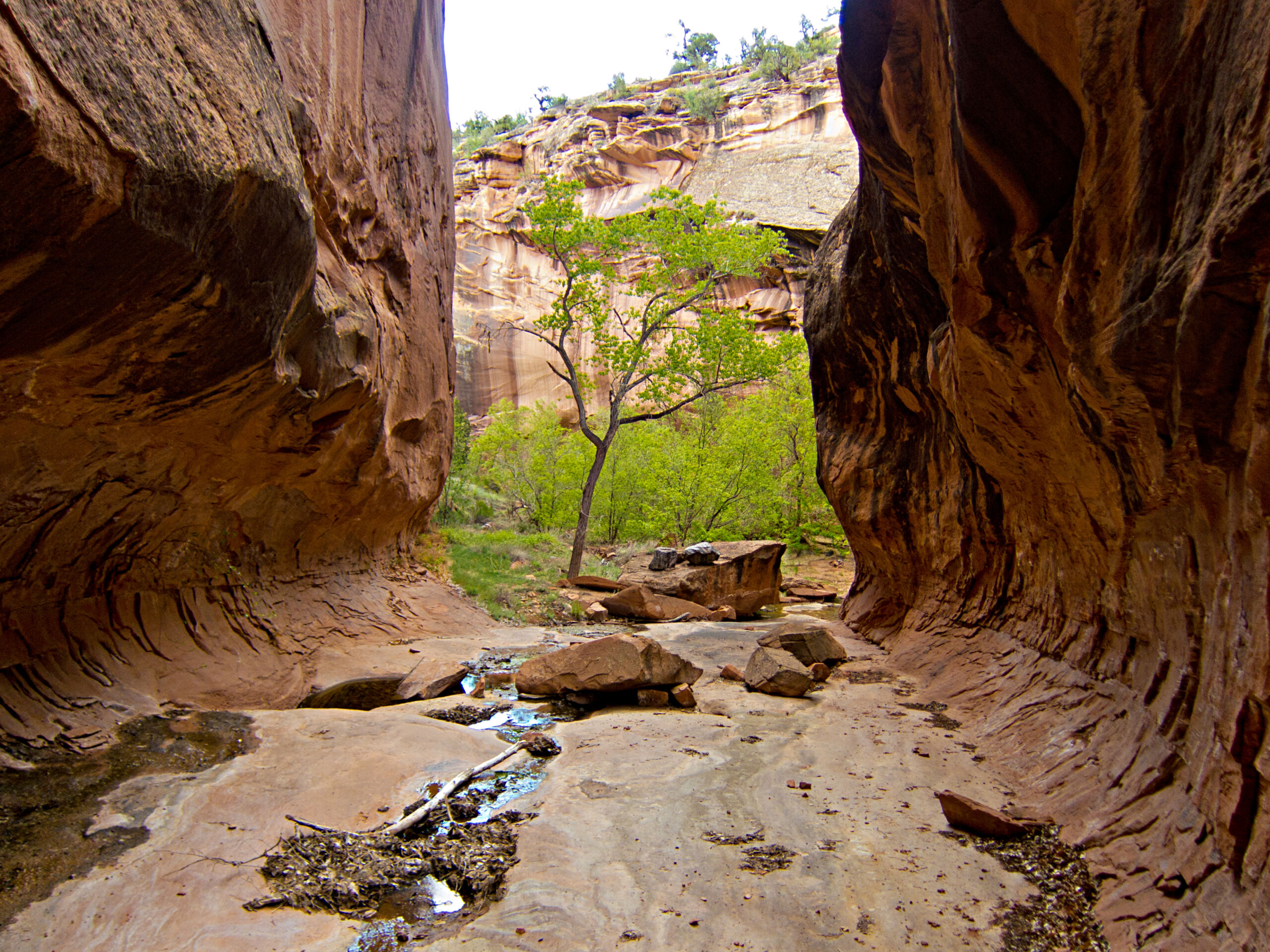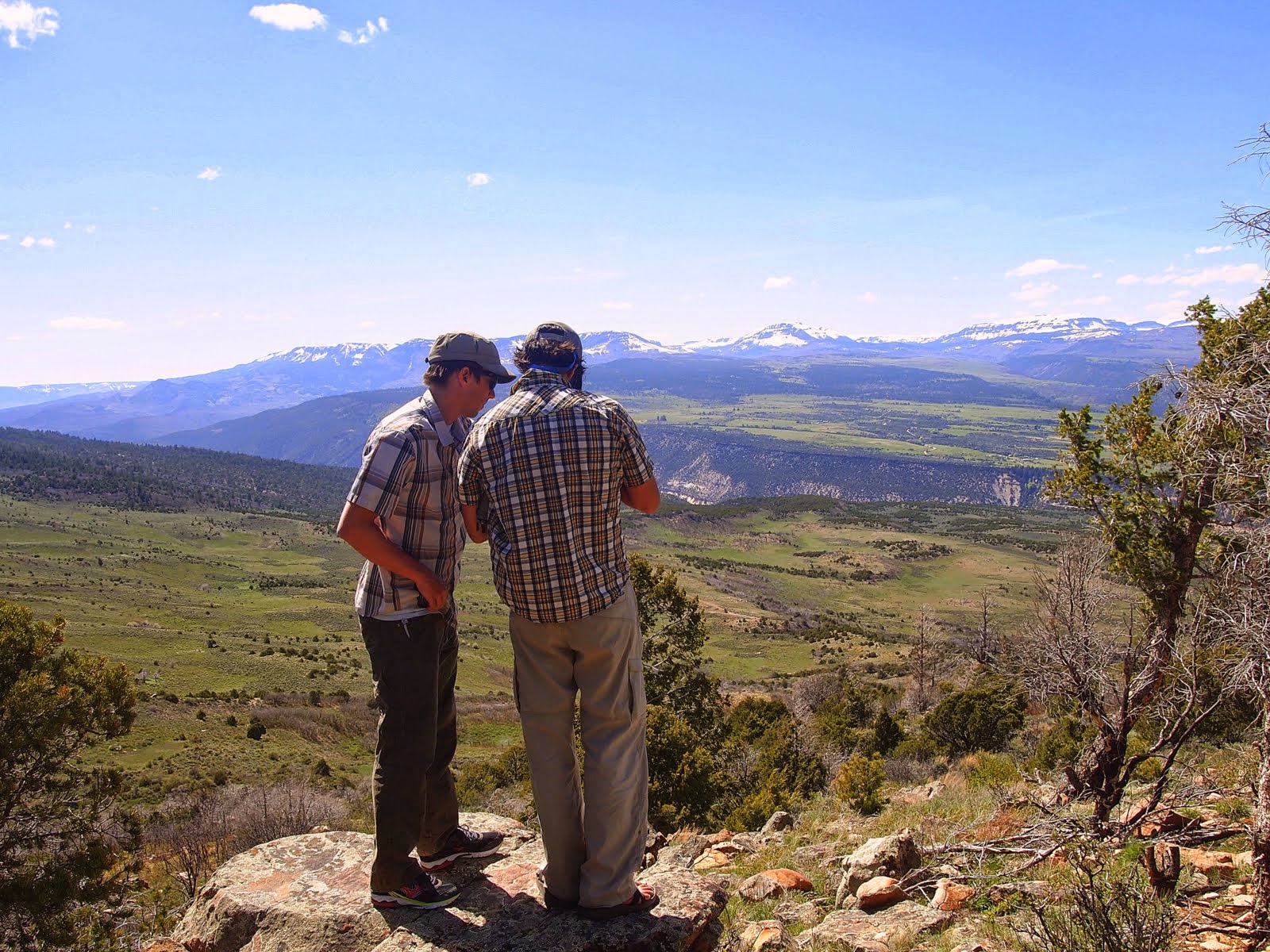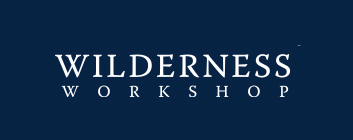From the Winter 2022 Issue of Wild Works
Wilderness Workshop’s early days are filled with stories of our three founders – Dottie, Connie, and Joy – spending time not in stuffy meeting rooms or the halls of Congress (thought they would do this too!) but out on public lands. These three women and an entourage of volunteers spent a tremendous amount of time inventorying and documenting public lands in the White River National Forest, determining what areas were eligible for wilderness, and then literally going back to their kitchen tables and drawing maps that many of us would recognize today!
Ensuring we know our wild public lands inside and out remains core to the WW mission and is part of what makes us a powerful and effective advocacy organization. Our team gets into the field to inventory undeveloped public lands, document their wilderness values, and share our data with land management agencies so they know where wilderness-quality lands exist and can take that information into account when making planning and project-level decisions.

Bangs Canyon, outside of Grand Junction, is a popular spot for locals.
For example, the Bureau of Land Management (BLM) has a special term for public lands that meet the wilderness definition set forth in The Wilderness Act – the agency calls them “lands with wilderness characteristics.” Identifying and protecting lands with wilderness characteristics is a key component of multiple-use and sustained yield management and the BLM is required to keep a current inventory of these lands and to consider protecting those areas from threats such as oil and gas development.

Soren Jespersen and Will Roush - as junior staffers in 2013 - surveying lands with wilderenss characteristics.
WW ensures the BLM acknowledges these lands with wilderness characteristics when making decisions. We have a long history of conducting field inventories for lands with wilderness characteristics across Western Colorado and sharing our data with the BLM, including new wilderness-quality lands we inventoried for the first time this summer! We’ll be advocating for the BLM to recognize and protect these areas in the new planning process.
While the BLM is required to consider lands with wilderness characteristics when making decisions about managing our public lands, the agency is not required to protect all – or even any – of these lands for their wilderness values. That’s why our advocacy for these wildlands is critical: the BLM needs to hear from the public about the wild places we enjoy and value, and that we want to keep them wild for good. The model set by Dottie, Connie, and Joy in 1967 – of deeply knowing a place and fighting to permanently protect it, for as long as it takes – remains not only an effective strategy, but also an inspiration to us today.
Page Header Image: Lumsden Canyon, looking towards Palisade, a landscape we’re working to protect.

